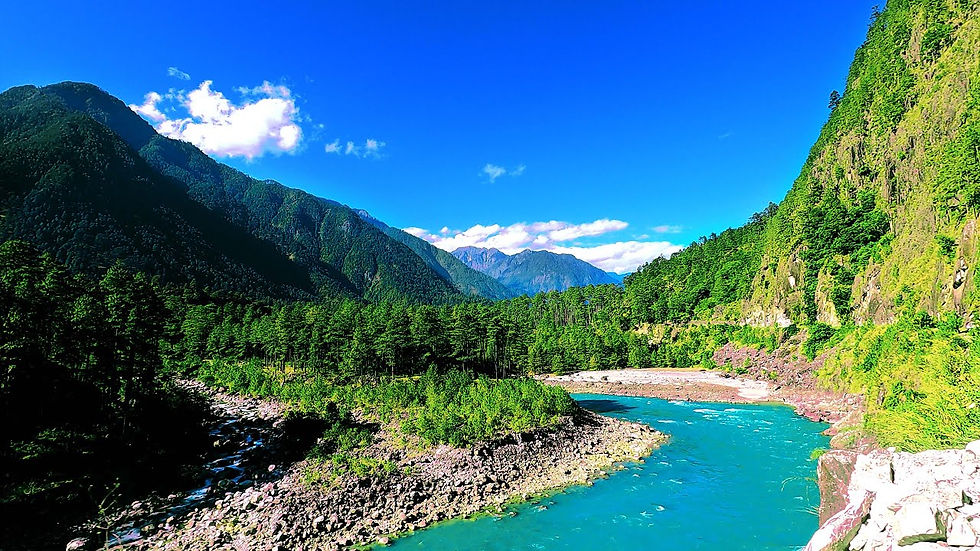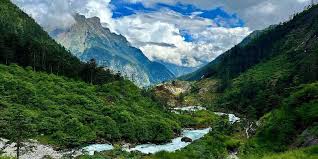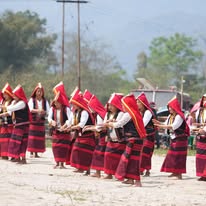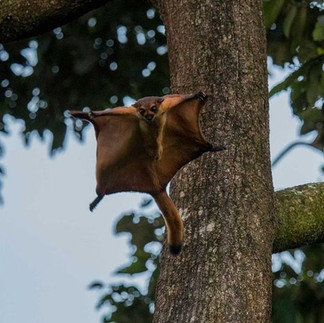- projects4711
- Sep 23
- 2 min read
Tucked in the far eastern corner of India, Arunachal Pradesh is not just a state — it’s a breath of fresh air. Quite literally! With lush green mountains, dense forests, and pristine valleys, this Himalayan jewel is often called the “lungs of the Himalayas,” thanks to its extraordinary contribution to carbon sequestration and environmental balance.

More than 80% of Arunachal Pradesh’s area is under forest cover, making it one of India’s greenest states. These vibrant forests, rich with Himalayan broadleaf trees, bamboo groves, and alpine meadows, act as natural carbon sinks, absorbing millions of tonnes of carbon dioxide every year. According to data from the Forest Survey of India, Arunachal holds over 1,000 million tonnes of carbon stock, playing a vital role in maintaining the subcontinent’s air quality and climate equilibrium.
But Arunachal is more than just a climate hero — it’s a haven of biodiversity. From the colorful red pandas in the forests of Tawang to the towering trees of Namdapha National Park, every inch of this land teems with life. The air is cleaner, the rivers are clearer, and the skies—oh, the skies!—stretch out in hues of blue and gold, welcoming every traveler with open arms.

Tourists visiting Arunachal not only witness nature at its finest but also unknowingly become part of a larger story — one of sustainability, beauty, and balance. Walking through its evergreen trails, crossing crystal-clear streams, or just soaking in the silence of its sacred peaks, visitors breathe easier — both in body and spirit.
Arunachal Pradesh stands as a proud guardian of India’s natural wealth, offering not just breathtaking views but also a deeper connection with nature. Come, explore the land that keeps India breathing — where every step is greener, every breeze purer, and every experience unforgettable.
Discover Arunachal. Discover the lungs of the Himalayas. 🌿




































